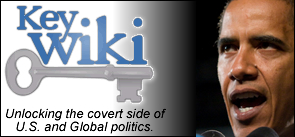Collectible Weapons: How to Protect Your Wealth – and Your Family – With Valuable Guns
By: Sam Jacobs | Ammo.com It’s an unusual means of investment, but one that we think will appeal...
Read MorePosted by TMH | Dec 19, 2020 | 2nd Amendment |
By: Sam Jacobs | Ammo.com It’s an unusual means of investment, but one that we think will appeal...
Read MorePosted by TMH | Dec 19, 2020 | Authors, Cliff Kincaid, News, Politics |
By: Cliff Kincaid Although we believe the CIA and FBI should be abolished completely, as a...
Read More
My beloved husband,
GARRY HAMILTON,
passed away
on September 24th, 2022.
I will love you always.

